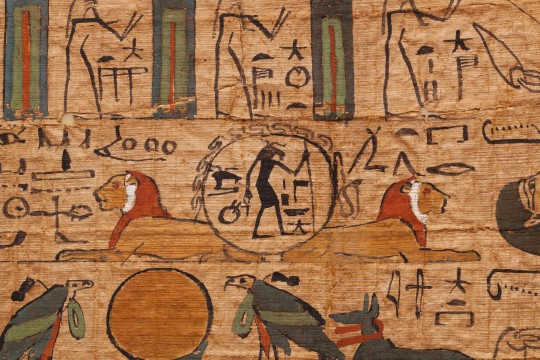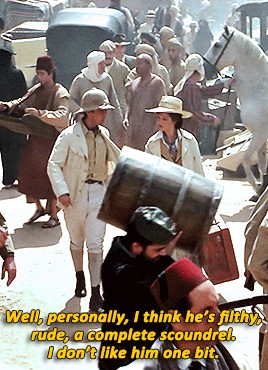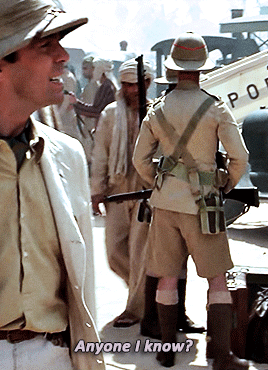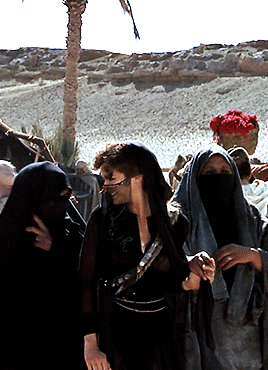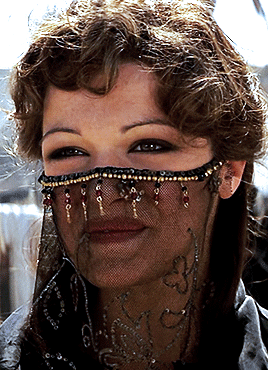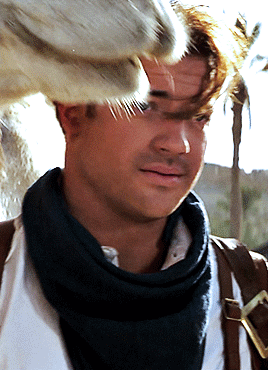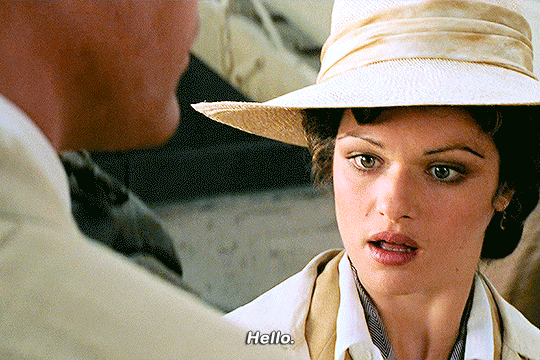Text

Cartouche Shaped Box of Tutankhamun
New Kingdom, late 18th Dynasty, ca. 1332-1323 BC.
Tomb of Tutankhamun (KV62), Valley of the Kings, Thebes.
Now in the Grand Egyptian Museum, Cairo. GEM 242
The cartouche shaped box carries the name of Tutankhamun, executed in the most handsome hieroglyphs, made up of ebony and stained ivory. Less grand, but still elegantly formed, hieroglyphs are used for the many texts which are incised and filled with blue paint on the upper rim of the lid, surrounding the cartouche, and in three bands on the body of the box.
Upon discovery, the box contained many items including two crooks and two flails. It is considered a significant archaeological find and provides insights into the art and culture of ancient Egypt during Tutankhamun’s reign.
In ancient Egypt, a cartouche was a distinctive oval shape with a horizontal line at one end, used to enclose the names of kings and other important individuals. It served as a royal nameplate or a protective amulet, symbolizing the eternal and divine nature of the person whose name was inscribed within it.
Read more
100 notes
·
View notes
Text

Kneeling Statue of Osorkon III
Third Intermediate Period, 23rd Dynasty, ca. 837-728 BC.
Limestone. Found in 1904-05, Karnak Cachette.
Now in the Egyptian Museum, Cairo. JE 37426; CG 42197
The statue depicting king Osorkon III kneeling and pushing a barque of Seker, red color on headdress and kilt, possibly an undercoat for gilding, now lost.
Osorkon III ruled during the 8th century BC as part of the 23rd Dynasty. He was known for his military campaigns and efforts to restore stability to the kingdom during a time of political turmoil.
Osorkon III’s precise accession date is unknown. Various Egyptologists have suggested it may have been from around the mid-790s BC to as late as 787 BC. He is attested by numerous impressive donation stelae and stone blocks from Herakleopolis Magna through to Thebes.
Read more
64 notes
·
View notes
Photo
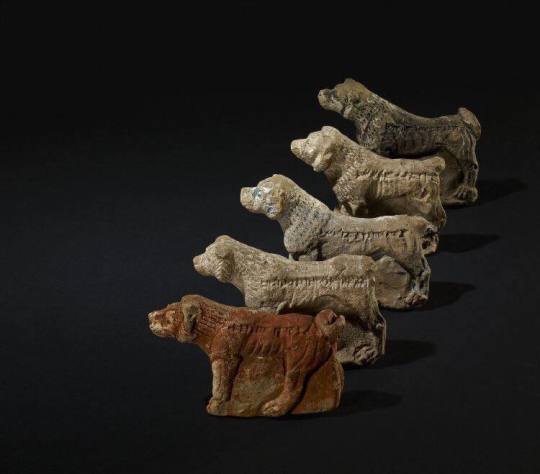
Assyrian dog figurines with names carved on them, 650 BC
“Expeller of evil” (mušēṣu lemnūti) with white pigment and red spots
“Catcher of the enemy” (kāšid ayyāb) with red pigment
“Don’t think, bite!” (ē tamtallik epuš pāka) with white pigment
“Biter of his foe!” (munaššiku gārîšu) with turquoise pigment
“Loud is his bark!” (dan rigiššu) with black pigment
8K notes
·
View notes
Text




"We woke him up, and we are going to stop him."
"We? What we? We didn't read that book. I told you not to play around with that thing. Didn't I tell you?"
"Yes, right then, me, me, me, me. I, I…"
The Mummy (1999) dir. Stephen Sommers
4K notes
·
View notes
Text
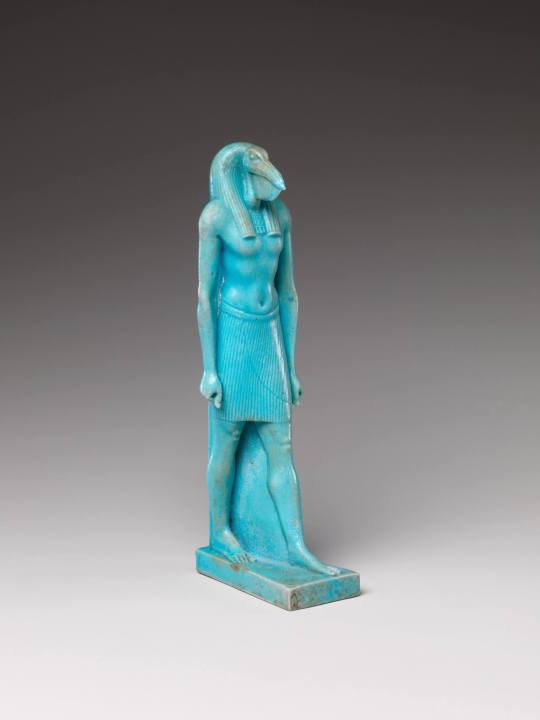
Striding Thoth
Ptolemaic Period, ca. 305-30 BC.
Egyptian faience.
Met Museum. 26.7.860
227 notes
·
View notes
Text

Ostrich Fan of Tutankhamun
New Kingdom, late 18th Dynasty, ca. 1332-1323 BC.
From the Tomb of Tutankhamun (KV62).
Now in the Egyptian Museum, Cairo. JE 62000
This ceremonial fan of Tutankhamun originally held ostrich feathers, it is made of wood covered with sheets of gold and inlaid with colored glass, turquoise, lapis lazuli, carnelian, and translucent calcite. The handle is inset with gold bands at intervals.
The palm of the fan is decorated with the king’s twin cartouches, which are protected by vultures wearing the White and Red Crowns of Upper and Lower Egypt, respectively. Several signs are represented: “Was” symbolizing “dominion”; the Shen, symbolizing “eternity”; the “Nebu,” meaning “gold”; and Pet, for “sky.”
Read more
78 notes
·
View notes
Text

Mortuary Temple of Ramesses III, Medinet Habu.
64 notes
·
View notes
Text
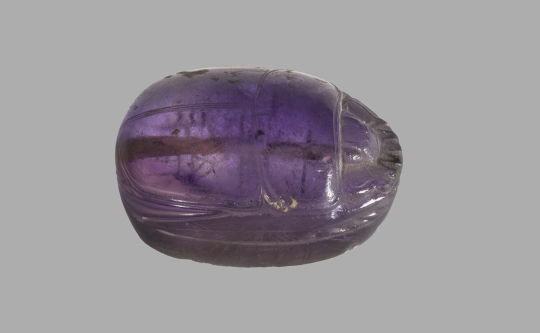

Amethyst scarab, Egypt, 12th Dynasty, 1963-1786 BC
from The Louvre
8K notes
·
View notes
Text

Gateway of Ptolemy III Euergetes I, Karnak
Edition Photoglob Zürich
272 notes
·
View notes
Text
The stunning mini Papyrus Plants.Found in the West section of the House of Ladies,frescos of massive, three stemmed,blossoming plants are painted on the walls.17th c.BC.Akrotiri,Thera island (Santorini),Cyclades,Greece.

749 notes
·
View notes
Text









Harrison Ford as Indiana Jones
INDIANA JONES AND THE LAST CRUSADE (1989)
dir. Steven Spielberg
2K notes
·
View notes
Text
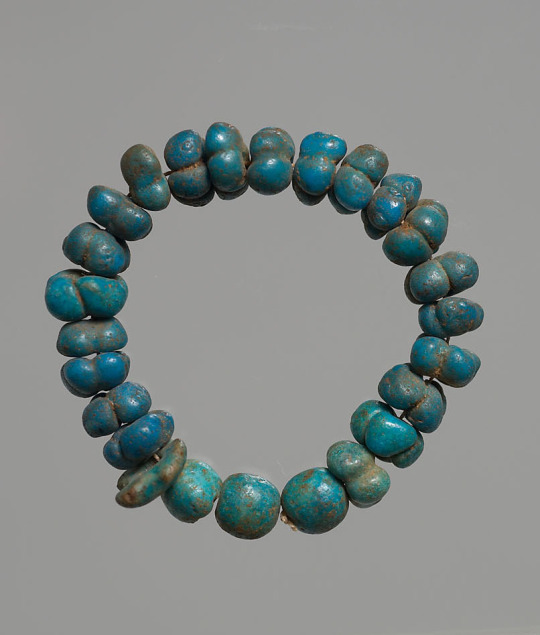

~ Bracelet.
Culture: Egyptian
Period: Middle Kingdom; 12th Dynasty
Date: ca. 1900 B.C.
Place of origin: El-Kubanija North, grave 15 l 1, (Grave of a girl)
Medium: Faience, blue-green
1K notes
·
View notes
